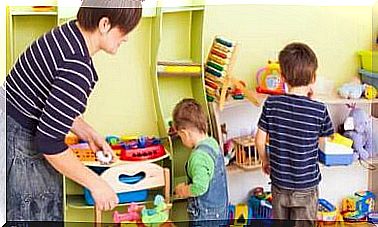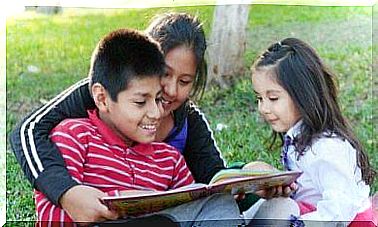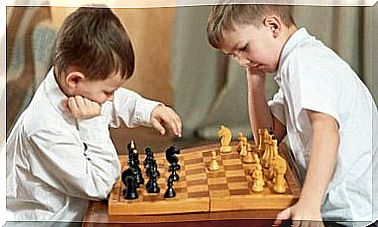Help Your Children Deal With Their Emotions
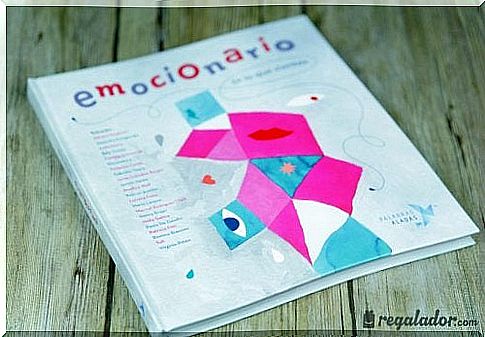
If you help your children deal with their emotions through books, their learning process will be much simpler.
It is often complicated to help children deal with their emotions as they do not have the ability to express themselves as an adult yet. Books can be a great way to help children begin to understand what emotions are, how to deal with them, and how to identify with them.
Nowadays, emotional education should be considered as important in a child’s upbringing as more traditional topics. This type of education needs to be available in both classrooms and at home.
Reading and books can help children become familiar with emotions in a simple and easy-to-understand way. It is a way that is adapted to their level of maturity and stage of development.
In this article, we will present a selection of unique books that can help your children deal with their emotions. Although it is sometimes complex, it is essential for the development of their personalities.
Books that can help children deal with their emotions
Books for Emotional Education: The Colored Monster
The success behind The Colored Monster confirms that it is one of the best books for teaching children about emotions.
Many professionals in the world of education, library science, and even psychology praise it as an essential book to accompany your children in their emotional education.
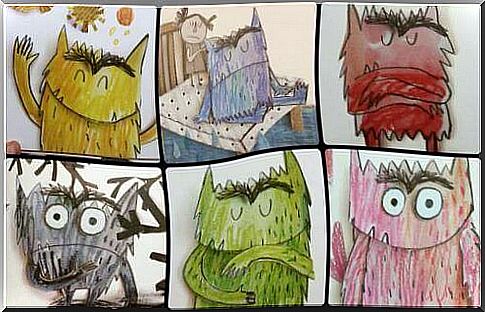
Monsters are always popular in children’s books, and here the main character teaches children about emotions through his own development by creating the following associations:
- Green means calm.
- Yellow means happy.
- Red means angry.
- Blue means sad.
The book depicts emotions in a way that children can relate to in their daily lives. It will help them deal with them when these feelings arise.
2. Emotionary
Presented in the form of a dictionary, this is one of the best books to help children deal with emotions. It includes an index of all the emotions described in the book. Emotionary is a wonderful source when children have difficulty describing how they feel.
Furthermore, Palabras Aladas, the book’s author, offers additional material on the book’s website to help work through each of the emotions that the book includes.
Emotionary is best suited for children over the age of 3, as the illustrations make it easier for young children to understand. It can reach children up to the age of 12, who will more easily understand every single emotion.
3. I love you (Almost always)
As the title suggests, the theme of this book is love. The story focuses not only on romantic love between couples, but also the kind that is shared among family and friends.
Acceptance and respect for others, embracing different perspectives and the love you feel for those close to you are some of the topics you can explore with your children.
The illustrations in this book, as well as its pop-up version, will help your children relate to this wonderful story and the kindness shown by the book’s two main characters.
More books to help your children deal with their emotions
4. Otherwise
This book explores some of the more complicated emotions, such as goodbye, loss, sadness, and fear. The story follows a young girl who learns how to transform these emotions into something else.

It is recommended for children from 7 years and up. The book’s illustrations help to express the protagonist’s maturation process through several, simple examples. This story can help change your children’s perspective on more complicated aspects of life.
5. The last book to help your children deal with their emotions: Nacho’s Emotions
Very young children also need books to help them deal with their emotions, and this book is a great example. Using the most basic emotions as a basis, the protagonists of the story express a range of emotions that children will easily be able to identify.
What makes this book stand out is that it uses the same narrative process for every emotion. It makes it easier for children to understand.
- First, the book describes the physical feeling that is created by the feeling.
- Next, children can point out the illustrations that they feel relate to that feeling.
- Finally, the feeling emerges in a short story with the main character, Nacho.
In addition to this, the book includes educational activities, to be a more engaging experience. Moreover, it has pages that can be unfolded.

